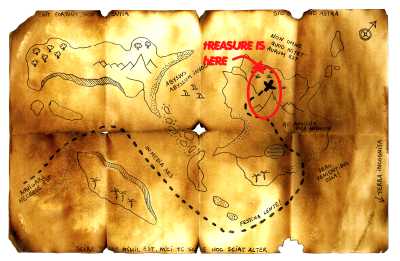 Lots of things. Mostly they put too much emphasis on the outcome and not enough on the process. I’m not a big fan. Yes, I know you need them if you’re going to ask for money. And yes planning is a good idea. But planning is a verb not a noun. You should engage in planning on a regular basis. And you should compare your thoughts when planning to what actually happens. Then you should learn how to plan better.
Lots of things. Mostly they put too much emphasis on the outcome and not enough on the process. I’m not a big fan. Yes, I know you need them if you’re going to ask for money. And yes planning is a good idea. But planning is a verb not a noun. You should engage in planning on a regular basis. And you should compare your thoughts when planning to what actually happens. Then you should learn how to plan better.
It will be helpful to have some documents to do this. But a typical business plan is not usually the right document. The right ones capture what you thought would happen, and more importantly, why you thought it would happen that way. Then they make it easy to compare what did happen and why to what you were thinking at the time.
Here’s an example. In the marketing section, most business plans cover who the market is, how fast it’s growing etc. They often get this information from generic research reports that talk about market segments. But market segments are irrelevant to a small company (and all start-ups begin as small companies). Then the business plan makes some guess at what percentage of that market they can capture. The guess seems to be based on what number will look like they can make a lot of money, while not make investors think they are smoking crack.
But this evades the more important questions about your market: how you’re going to find them, educate them about your product and ultimately sell to them. And how much time this will all take, and how much it will cost?
Here are some better things to document about your market:
Rank your market in order of the cheapest / easiest to sell to. For each group estimate the following:
- What it would cost to sell to a customer in that group?
- How long it would take?
- What’s the average size of a purchase?
- What’s the average life-time value of a customer in that group?
- How many people there are in this group?
- Give examples of what you base this information on?
Never forget that a customer is a person. It’s not a company, a family, a household, or a demographic. It’s the person (or people) in that organization who actually decides to pay the money. Say you want to open a family restaurant. Yes, you need to know how many families live within a certain distance from your place. But don’t stop there. The time and cost of marketing a meal to a kid (think Chuck E. Cheese or McDonald’s happy meal) is different from marketing a meal to an overworked Mom or to a grandparent. Who is going to decide to spend money at your place and what will it cost to get them to do so?
Document your thoughts on that. Then you can regularly compare what your actual sales are, and what it actually costs to make a sale to what you were thinking. If you’ve been open a month you have enough data to start the process. The actuals won’t match up (trust me on this) but the point is to get better at projecting so that by month 6 you’re doing a better job and by month 18 you’re doing a good enough job to know if you should stay in business, close the doors or raise more funds. And if you do need to raise funds, that kind of detail will convince investors yours is a business not just a product.
Takeaway:
- The purpose of planning is not the plan – it’s to get better at predicting what the future will bring and how to be in the best position when it happens.
Technorati Tags: small business, entrepreneur, business plan, planning , CEO Skills